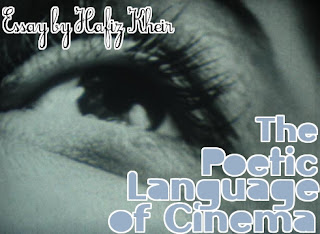Liv Ullmann: A Walk With Linn
A Walk With Linn By Liv Ullmann Liv Ullmann Linkpage Linn and I go for a walk in Beverly Hills. We are the only ones who stroll in these streets. There is the smell of rain-drenched lawns and flowers. Bushes ripe with all the colors of the world. We talk about life- about men and women and children, about griefs and happiness we know and about strange dreams we have when asleep. Linn knows much more than I. She has a built-in wisdom that I never knew. We talk about responsibility, and she tells me that in fact she doesn’t need me: “You only decide two things for me: that I’m to fetch the newspaper in the morning and at what time I must go to bed. And you look after me and give me food. That’s all.” At this moment Linn and I are close. Walking on a street far from home talking about friends in Norway. About her father and the strawberries that at this very moment perhaps cover the ground on his island. “What is life, Mamma?” Li...




